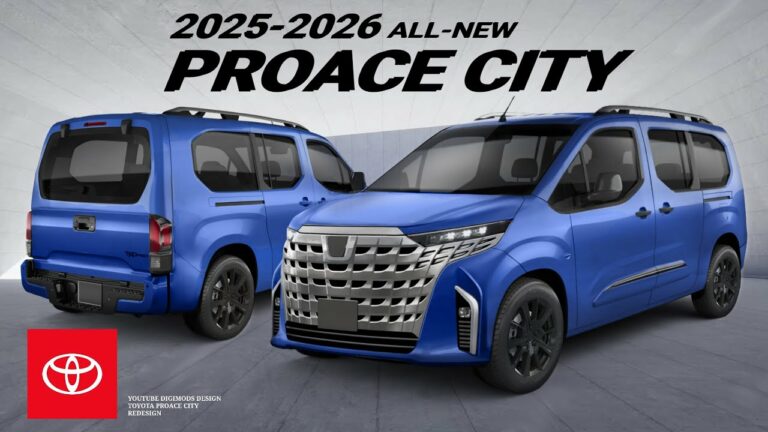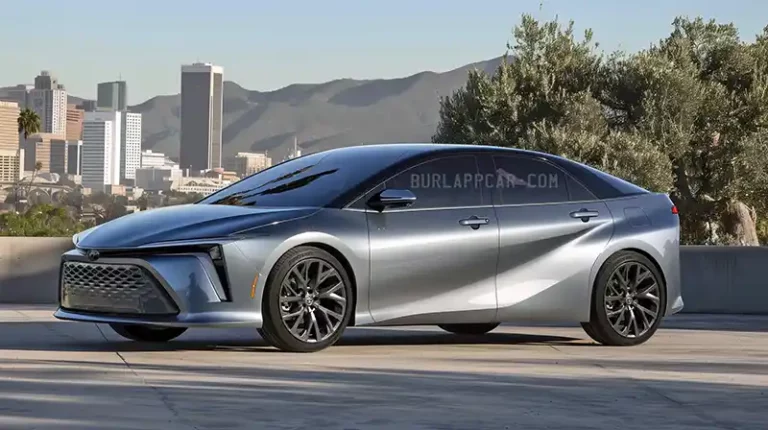2026 Toyota Wildlander Specs
Safety Features

The 2026 Toyota Wildlander prioritizes passenger safety with an array of advanced safety features. These systems work together to prevent collisions, mitigate impacts, and enhance overall driving confidence.
The Wildlander incorporates both active and passive safety systems. Active safety features aim to prevent accidents by monitoring the driving environment and intervening when necessary. Passive safety features, on the other hand, minimize the severity of impacts in the event of a collision.
Active Safety Systems
- Pre-Collision System with Pedestrian Detection: Detects potential collisions with vehicles or pedestrians and alerts the driver. It can automatically apply the brakes if the driver fails to react.
- Lane Departure Alert with Steering Assist: Monitors lane markings and warns the driver if the vehicle drifts out of its lane. It can also provide steering assistance to keep the vehicle centered.
- Adaptive Cruise Control: Maintains a safe following distance from the vehicle ahead, adjusting speed as necessary.
- Blind Spot Monitor: Uses sensors to detect vehicles in the driver’s blind spots and alerts them with a warning light.
- Rear Cross-Traffic Alert: Detects vehicles approaching from the sides when reversing and alerts the driver.
Passive Safety Systems
- High-Strength Body Structure: The Wildlander’s body is constructed using high-strength steel to provide a rigid and protective frame in the event of a collision.
- Multiple Airbags: Front, side, and curtain airbags are strategically placed to protect occupants in various types of impacts.
- Whiplash-Reducing Headrests: Designed to minimize the risk of whiplash injuries in rear-end collisions.
- Tire Pressure Monitoring System: Monitors tire pressure and alerts the driver if any tire is underinflated.
- Traction Control and Stability Control: These systems help maintain vehicle stability and prevent skidding.
Comparisons

The Toyota Wildlander competes with other midsize SUVs like the Honda Pilot, Kia Telluride, and Hyundai Palisade. While each vehicle offers unique features and capabilities, they share some similarities.
Design
The Wildlander, Pilot, Telluride, and Palisade all have three rows of seating and spacious interiors. However, the Wildlander stands out with its rugged exterior styling, which includes a prominent grille and angular lines. The Pilot has a more conservative design, while the Telluride and Palisade have more upscale looks.
Performance
All four SUVs offer a variety of engine options, including V6s and turbocharged four-cylinders. The Wildlander’s base engine is a 2.5-liter four-cylinder that produces 203 horsepower, while the Pilot’s base engine is a 3.5-liter V6 that produces 280 horsepower. The Telluride and Palisade both offer a 3.8-liter V6 that produces 291 horsepower. In terms of fuel economy, the Wildlander has the edge, with an EPA-estimated 24 mpg in the city and 32 mpg on the highway.
Features
All four SUVs come standard with a variety of features, including a touchscreen infotainment system, Apple CarPlay and Android Auto compatibility, and a suite of safety features. However, the Wildlander offers some unique features, such as a panoramic sunroof and a hands-free liftgate. The Pilot, Telluride, and Palisade all offer similar features, but they may have different options or packages available.
FAQ
What is the expected price range for the 2026 Toyota Wildlander?
The expected pricing range for the 2026 Toyota Wildlander is between $28,000 and $45,000, depending on the trim level and optional features.
What are the key differences between the 2026 Toyota Wildlander and its competitors?
Compared to its competitors, the 2026 Toyota Wildlander offers a more spacious interior, a more powerful engine, and a more comprehensive suite of safety features.
When is the 2026 Toyota Wildlander expected to be released?
The 2026 Toyota Wildlander is expected to be released in the second half of 2025.


